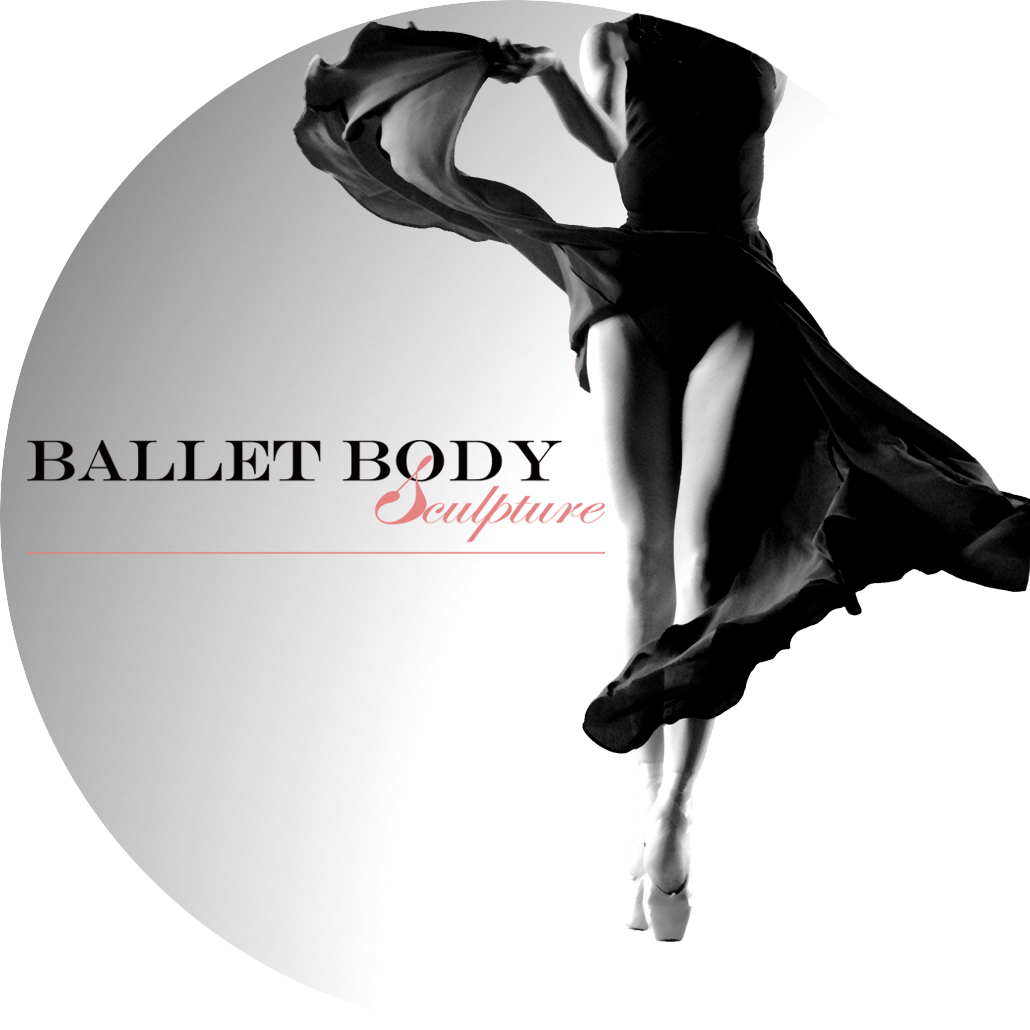Myths About Ballet
Nowadays anyone can see dancers perform thanks to television, where movies like Center Stage and shows like So You Think You Can Dance are accessible to the masses.
Nevertheless, ballet still remains off-limits for a large percentage of the population—particularly young people and, especially, young men.
If you or those around you are reluctant to go see a ballet, probably one of many misconceptions is skewing the perception of what is actually an exciting and dynamic art. So here we debunk the most common myths about ballet:
It’s a Girl Thing
Most men find it very emasculating to sit down to watch sparkly tutus and men in tights. However, ballet goes far deeper into the complexity of human beings than just the tutus they wear and the slippers they dance on.
Ballet dancers are incredibly athletic and you can see it in superhuman jumps to breakneck turns across the stage. The men and women train from a young age to perform physical feats that few athletes from other sports could even attempt. So if you like athletic sports like Basketball, you may also enjoy the mind-blowing amount of muscular strength and power ballet dancers display.
It’s Always Sickly Sweet
Not every ballet is an ideal fairytale like the Nutcracker or a childlike romance like Sleeping Beauty. There’s a ballet for every mood or personality, and many pack serious emotional punch.
It’s for Old People
In the past twenty years ballet has evolved considerably and now fans of rap, hip hop, or rock music can now see their favourite jams combined with an extraordinary high level of dance in ballets like Radio and Juliet or In the Upper Room.
It’s Super Expensive
Tickets to the ballet have never been very high, despite the belief that it is an activity for the rich. In fact, a ticket to the ballet will usually cost about the same, or less than, a ticket to a rock concert.
Most ballets are performed several times in a season, making the prices lower than a one night engagement that goes on the road.
Ballet is Incredibly Boring
The key to watching a ballet is actually, well, watching it. Listen to the music and read what the story’s about in your program. Everything happening on stage has a purpose, just like a good movie. And, unlike even the best of films, ballets contain athletic peaks of virtuosity that draw in the crowd.
All Dancers Stand on Their Toes for the Entire Show
There is the widespread belief that all ballet dancers—male and female—stand on their toes throughout the show. This is not only untrue for men (who never, except in humorous roles, go en pointe), but it can also be untrue for women.
In most classical ballets, the women are in pointe shoes and go up and down on their toes for most movements. In more modern ballets, the women may not even wear pointe shoes, opting for the natural ease of movement that comes with soft slippers.
You Have to Be a Connoisseur to Appreciate Ballet
Ballet, despite its intricacies, is whatever you make it out to be; there’s no such thing as a right or wrong way to watch a ballet. If you know the name of every step and dynamic move, you can watch the ballet from a technical standpoint and analyse the execution of each dance.
On the other hand, if you’ve never seen a ballet before and can’t tell the difference between a plié and a pirouette, you can still fully appreciate the performance based on the pure magic of the athletic feats and artistic flourish.
The only wrong way to look at a ballet is not to watch one at all. Ballet is a lot like wine tasting—you’ll love some and hate others, but the experience makes it all worth the trip!
www.balletbodysculpture.com
Source: ballet.isport.com


